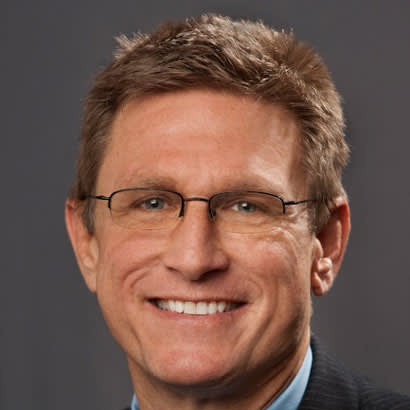
Recently, the producers of HBO’s “Real Sports with Bryant Gumbel,” a monthly sports journalism series, contacted NRPA for a segment, titled “The Price of Youth Sports.” This segment asked the question: “Have we created a system for the haves and put participation out of reach for the have nots?” The producers featured sprawling suburban-park sports complexes with professional-grade fields and massive indoor facilities, describing a $17-billion-a-year youth sports industry, with parents paying upwards of $10,000 a year per child for the promise of success and college scholarships. But, with an 8 percent drop in child participation rates in the past decade, the sports gap is growing, especially for lower-income families in communities where parks are underfunded.
In July, the Rand Corporation published research that confirms that youth from lower-income families are less likely to participate in sports. With low income defined as below $50,000 and mid/high above $50,000, only 52 percent of parents from lower-income families reported that their children in grades 6–12 participated in sports, compared with 66 percent of middle- and higher-income families. In the mid- to high-income range, 45 percent of children don’t play because of time constraints, while 24 percent of children from low-income households have the time and are more willing but, simply, may not have the opportunity or access.
The HBO segment cites the Centers for Disease Control and Prevention (CDC) as saying that less than 4 percent of schools require physical education, and those children who are lucky enough to have extracurricular sports opportunities are often discouraged from participating because they lack the competitive skills gained from the coaching elite clubs provide. Thus, the so-called “opportunity for all” is a falsehood and looks more like a broken promise.
Nature abhors a vacuum, and where public funding for recreation is not a priority, the public-private partnership (P3) model for sports academies and complexes has begun to dominate our parklands. This relegates park agencies to being land custodians and stigmatizes the traditional volunteer nonprofit sports organizations as low-quality athletics. From our partners, park and recreation agencies must insist on their equitable distribution of athletic opportunity and reject tokenism in the form of a handful of scholarships for only the most talented children of low-income families.
Rand suggests some simple solutions: Schools, community parks and sports programs, policymakers and funders can work to lower fees, share land and existing indoor and outdoor facilities, and provide equipment and transportation, thereby helping to minimize the time commitment for parents. Stakeholders can establish community collaboratives where field space and, potentially, gear and equipment can be shared. If fees are required to share fields, communities can determine whether the cost is a barrier for certain organizations and prioritize funding.
With resource scarcity in play, building our youth sports and park operations around comprehensive recreation program plans and insisting that our programming partners adhere to our diversity and inclusion standards require strong park agency leadership and community commitment. A community that prioritizes equity works to ensure that all residents have access to what they need to be healthy and successful. Leveling the playing field for youth sports in park and recreation facilities is a critical ingredient for a resilient, healthy citizenry.
Jack Kardys is NRPA's Chair of the Board of Directors.

